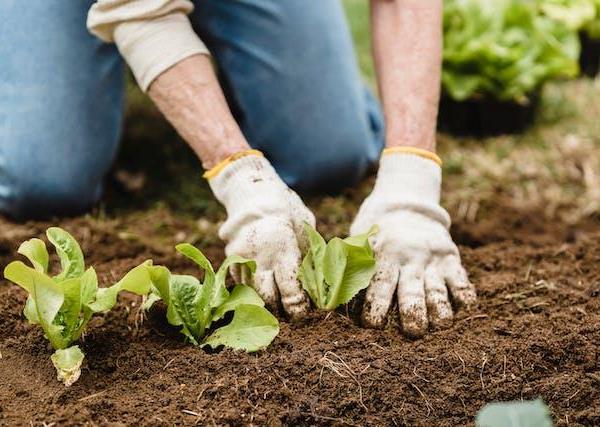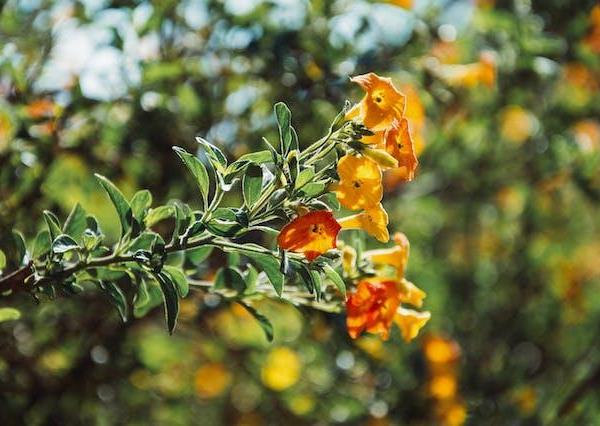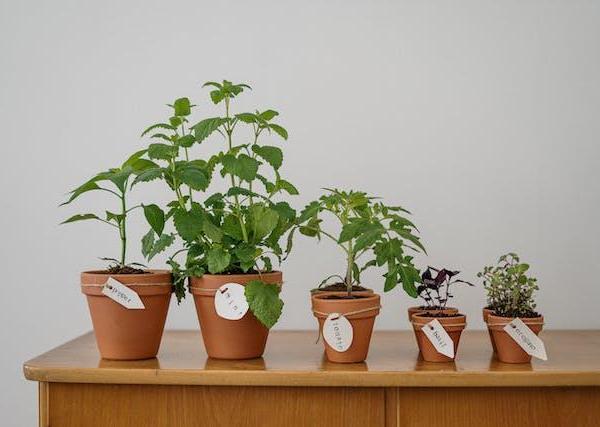Introduction
Organic gardening techniques focus on cultivating plants and maintaining soil health without the use of synthetic fertilizers, pesticides, or genetically modified organisms. It promotes sustainable and environmentally-friendly practices that support the overall ecosystem. Here are some essential techniques for organic gardening:Soil Preparation
Soil preparation is a fundamental aspect of organic gardening. Begin by testing your soil to assess its pH level and nutrient content. This information will guide your decisions regarding soil amendments. Incorporating organic matter, such as compost, well-rotted manure, or leaf mold, enhances soil structure and fertility. It improves water retention, drainage, and nutrient availability, promoting healthy plant growth.Crop Rotation
Crop rotation is a vital practice in organic gardening. By rotating the types or families of plants in each bed or area annually, you can prevent the accumulation of pests and diseases specific to particular plants. Additionally, rotating crops ensures a balanced nutrient uptake. For example, following plants with high nutrient demands with nitrogen-fixing legumes replenishes the soil.Companion Planting
Companion planting is an effective technique for maximizing the health and productivity of your garden. Certain plant combinations can repel pests, attract beneficial insects, enhance pollination, and improve nutrient uptake. For instance, marigolds planted near tomatoes deter nematodes, while basil grown near peppers repels aphids.Natural Pest Control
Encouraging natural pest control methods is essential in organic gardening. Attracting beneficial insects, birds, and predators to your garden helps maintain a balanced ecosystem. Planting flowers that attract pollinators and provide habitat for beneficial insects, such as ladybugs and lacewings, encourages their presence. Using physical barriers like row covers, netting, or fences can also protect plants from pests. Consider handpicking pests when feasible and using organic pest control products as a last resort.Water Conservation
Water conservation is a key practice in organic gardening. To minimize water usage and maintain proper soil moisture levels, employ techniques such as mulching. Applying mulch, such as straw or wood chips, around plants suppresses weeds, retains moisture, and regulates soil temperature. Installing drip irrigation systems or using soaker hoses allows water to be delivered directly to plant roots, minimizing evaporation.Organic Fertilization
Organic fertilization is crucial in providing necessary nutrients to plants. Utilize organic fertilizers, such as compost, well-rotted manure, or plant-based fertilizers, to supplement soil fertility. Apply these fertilizers in moderation, based on the specific nutrient requirements of your plants. Over-fertilization can lead to imbalances and environmental pollution.Weed Control
Managing weeds is an ongoing task in organic gardening. Employ methods such as mulching, hand weeding, or mechanical weeders to control weed growth. Regularly removing weeds helps prevent competition for nutrients, water, and sunlight. Avoid using synthetic herbicides, as they can harm beneficial organisms and contaminate the soil and water.Conservation of Resources
Conserving resources is essential for sustainable organic gardening. Practice water and energy efficiency in your garden by collecting rainwater in barrels for irrigation. Utilize energy-efficient tools and equipment. Additionally, recycle garden waste through composting, reducing the need for outside inputs.Remember, organic gardening is a continual learning process. Stay informed about organic gardening principles and techniques specific to your region or climate. Experiment, observe, and adapt your practices to create a thriving and sustainable organic garden.



